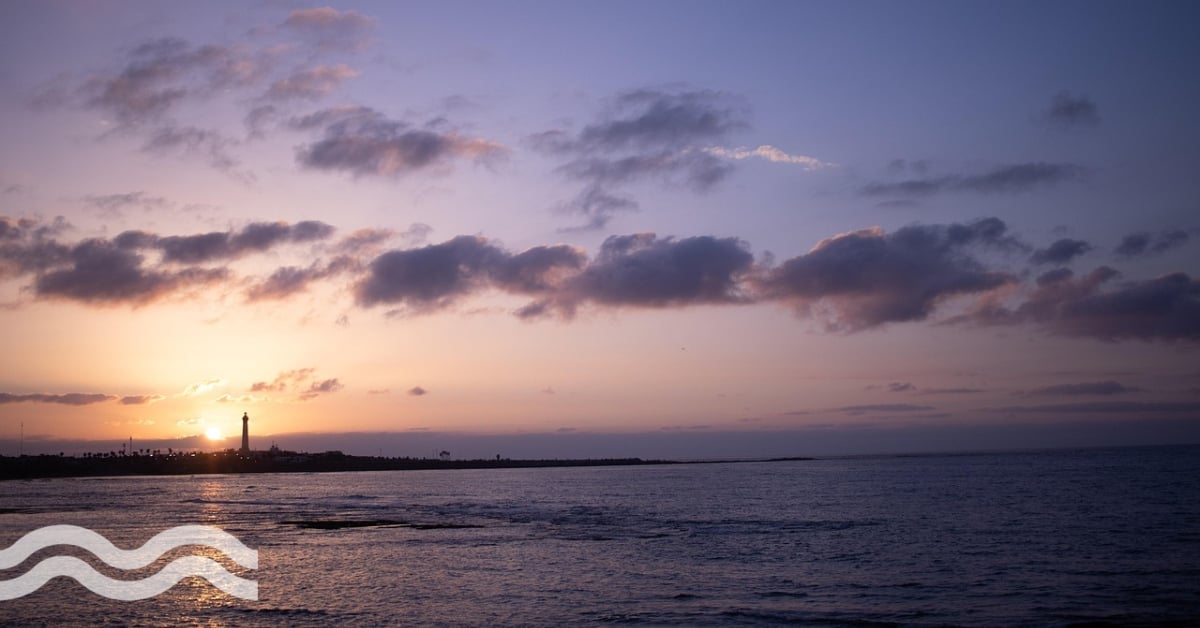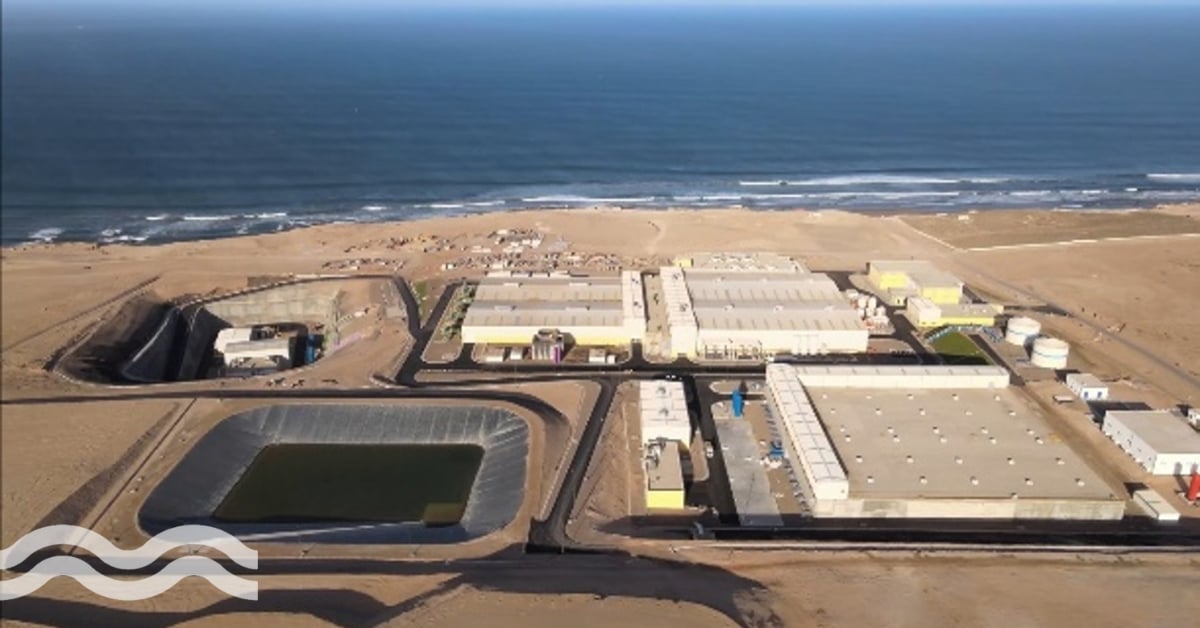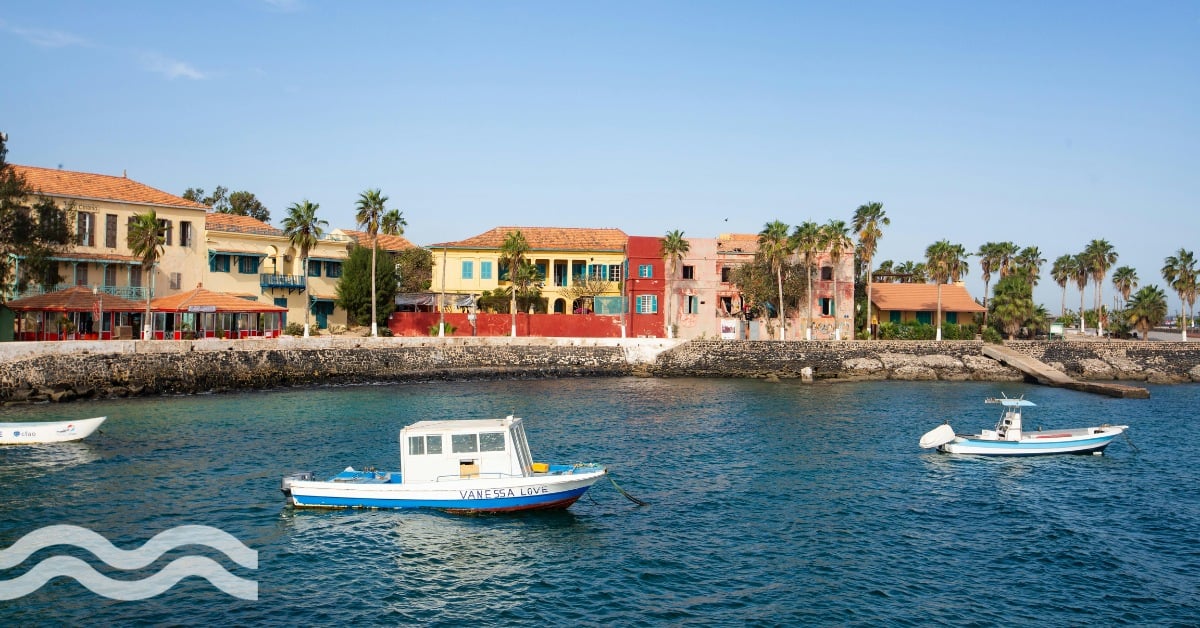
Researchers based at Rice University in Texas have developed a novel membrane-free desalination system that uses a creative approach to heat recovery that can extend water production even when solar conditions fluctuate.
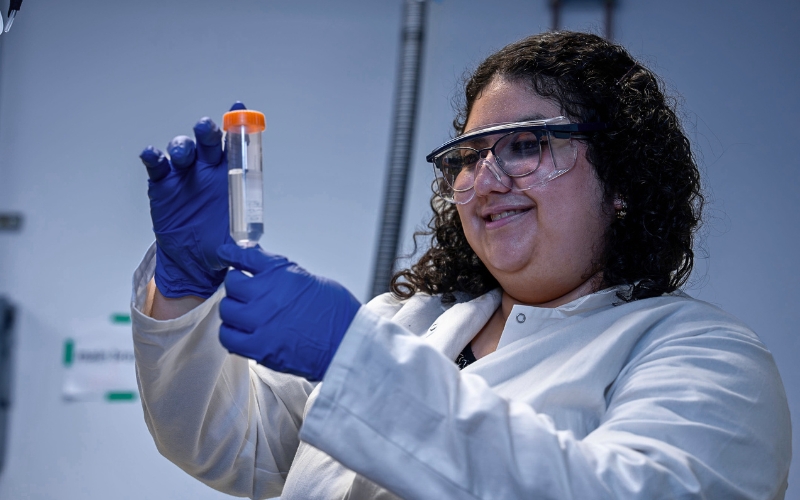
Transforming desalination systems
The system has been developed in the university’s labs and is currently intended for off-grid applications rather than full-scale coastal desalination. However, some of the problems associated with large-scale desalination have been addressed in researchers work. For example, the new system has removed the need for filtration membranes used in large-scale centralised plants that are prone to fouling and degradation.
We wanted to focus on decentralised, modular desalination systems - William Schmid
William Schmidt, a doctoral student in electrical and computer engineering at Rice University and National Science Foundation Fellow, has been researching methods to increase the efficiency of light-driven desalination. He said: “Access to clean fresh water is a particularly challenging problem in off-grid communities. We wanted to focus on decentralised, modular desalination systems.”
Powered by light and heat recovery
The researchers were driven to design that a system that would make off-grid desalination more adaptable, resilient and cheaper that current alternatives. The final system – solar Thermal Resonant Energy Exchange Desalination or STREED – is solar-powered, but can continue to produce water even during fluctuating sunlight levels thanks to what the researchers call a ‘creative approach to heat recovery’. It is also designed to handle high-salinity brines.
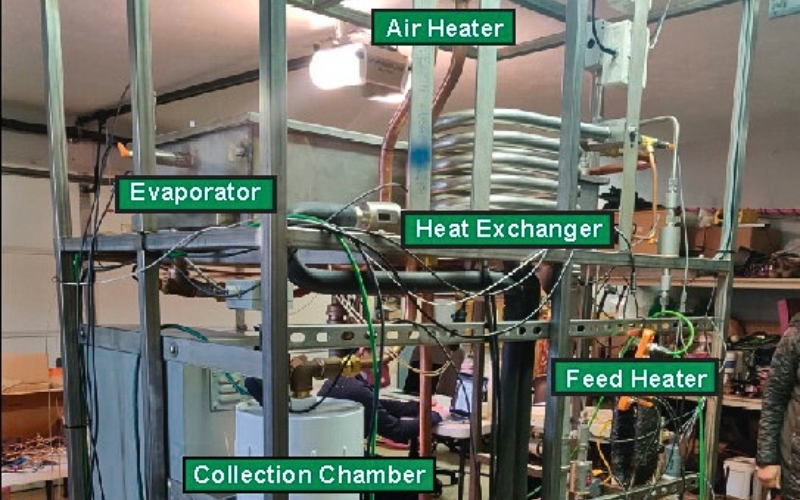
How does the system work?
The system relies on the recovery and reuse of energy generated during the desalination process. As saline water evaporates the vapour rises leaving behind salts and other contaminants. As the vapour cools it condenses into fresh water. Energy passes through the process – evaporation uses energy to overcome the molecular bonds in the saline water, and this energy is released again as the water condenses back into its liquid form. The efficiency of the system comes from harnessing these energy phases.
Desalination as a resonant system
The heat transfer system in the evaporation/condensation process utilises the same physics as those seen in ‘resonant’ systems, such as pendulums and electrical circuits. A resonant system is one where, as the researchers state ‘energy naturally oscillates between different forms in a repeating cycle, doing so most efficiently at specific “resonant” frequencies’. Unlike the systems mentioned above, STREED’s resonance comes from leveraging saline water flow and airflow (vapour) and conserving the energy being exchanged between them. When tuned correctly, heat oscillates between these two streams in a resonant pattern, efficiently storing and transferring thermal energy even as the sun retreats behind clouds or the horizon.
This light-dependent flow control hasn’t been done before – William Schmid
Because of this self-contained ‘resonant energy transfer,’ STREED does not require external energy storage technologies, which add to the cost and maintenance burden of the overall system.
Schmidt added: “Our key innovation is using insights from electrical engineering and the physics of oscillators to inform the adjustment of the system’s internal flow rates to match the sun’s shifting power throughout the day. This light-dependent flow control hasn’t been done before.”
Sustainable desalination
The system is made from nondegradable materials and can operate with minimal maintenance. To test the operational ability of the system under different sunlight patterns and intensities, the team performed simulations that used solar intensity profiles from different locations across the US ⎯ from cloudy Portland, Oregon, to sunny Albuquerque, New Mexico.
In its prototype form the system was capable of producing up to 0.75 litres of drinking water per hour, with a water-recovery efficiency rate outperforming static-flow systems by 77 per cent over the course of a week.
Achieving high energy-to-water efficiency is not dependent on high solar intensity - Aleida Machorro-Ortiz
Aleida Machorro-Ortiz, a graduate student in the Applied Physics Graduate Program at Rice University and an author on the study alongside Schmid, told media: “This supports the idea that while the system benefits from sunny locations in terms of total freshwater output, achieving high energy-to-water efficiency is not dependent on high solar intensity.”
No need for membranes
The development of advances in membrane technology in desalination plants is fast-paced, however, they still suffer from fouling and wear. STREED replaces membranes with air. In place of a more traditional two-liquid channel design separated by a membrane, the team uses a single heated channel of polluted or salty water and an adjacent channel of air that carries away water vapor. The vapor then condenses in a water-air heat exchanger, leaving contaminants behind.
We don’t have any membranes to foul or break - Alessandro Alabastri
The simplicity of the design is intentional, according to Alessandro Alabastri, assistant professor of electrical and computer engineering at Rice and another of the study’s authors. “The system is more robust because we don’t have any membranes to foul or break. We were intentional in using durable, low-maintenance materials to make the system easily scalable and accessible.”

Resource recovery and energy efficiency
The initial development work on STREED focused on verifying the extension of resonant energy transfer to robust, non-membrane systems and showing how to adapt to time-varying solar energy without external thermal energy storage.
Although the issue development work has not so far focused on what to do with the resultant brine, Schmidt believes STREED has potential for becoming a zero liquid discharge (ZLD) system.
We plan to explore extensions to zero liquid discharge systems in future iterations – William Schmidt
He told Aquatech Online: “A ZLD system would convert all moisture within a saline feed source into freshwater and leave all the solids behind, which offers some advantages such as higher freshwater recovery, improved waste management, and recovery of salts and minerals.”
He added: “For salinities over the operational range of membrane-based technologies, our system has shown only modest drops in energy efficiency. By decoupling heating from the saline feed, we may be able to extend STREED’s capabilities up to extremely high salt concentrations and thus achieve ZLD. We plan to explore extensions to ZLD systems in future iterations.”
Scalability built into design for future applications
Modularity was built into the design of STREED as a priority, meaning induvial units can be combined to meet need.
Alabastri told Aquatech Online: “We believe that easy scalability is a critical requirement for decentralised, off-grid water production technologies, as the freshwater needs of off-grid communities vary widely and can vary over time.”
The option is always there to add more units as a community grows - Alessandro Alabastri
She added: “Small numbers of STREED units may be able to satisfy the needs of small communities, but the option is always there to add more units as a community grows. It is an important next step in our research to determine the most efficient modular system configurations for a given amount of land, solar energy, and water demand.”
The full study is available to read in Nature Water, here.
